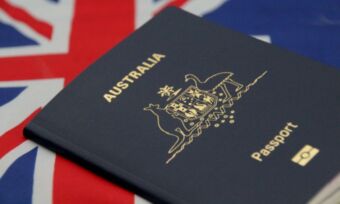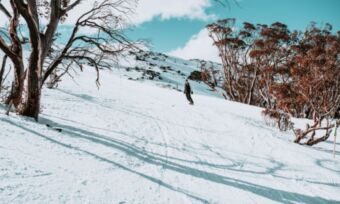What is travel insurance for skiing and snowboarding?
It’s important to note that most travel insurance policies do not offer cover for skiing and snowboarding as standard. Instead, cover for these activities is generally offered as an optional extra on a standard travel insurance policy at an additional cost, and can provide you with coverage if you plan on partaking in snowsports during your trip. This can be especially useful if you’re planning a snow trip to destinations such as New Zealand, Japan or Canada. The additional cost is due to the higher risk that can be associated with winter sports, as opposed to more sedate holiday activities.
What does ski and snowboard insurance include?
Along with covering the things a regular travel insurance policy will cover (i.e. lost or stolen luggage, medical and medical evacuation costs, natural disasters, legal liability for accidents and family emergencies), a policy with snow sports cover may provide coverage for things like:
- Medical costs relating to snowsports: Due to snowsports coming with a higher risk of injury, most regular travel insurance policies won’t provide cover for injuries related to these activities as standard. A snowsport add-on can provide coverage if you were to injure yourself while skiing or snowboarding or if you require medical evacuation (i.e. you have an accident on the slopes).
- Accidental damage, theft or loss of snow equipment: Whether you’re taking your own equipment or renting some nearby, there’s always a chance that they could be accidentally damaged, stolen or lost during your trip. Snowsports cover could help pay for repairs or replacement of the equipment, but keep in mind that the policy generally won’t cover damage to the equipment while it was in use or if it was left unattended.
- Unused passes and equipment: If you fall ill or become injured during your trip and have prepaid for certain things (i.e. skiing or snowboarding lessons or ski lift passes) a travel insurance policy with snowsports included may reimburse you for this loss.
- Closure due to weather conditions: Weather conditions, such as melting snow, heavy rain, blizzards, high winds and extreme cold, or other incidents could leave you unable to use a ski field. A policy with snowsports cover could help with additional expenses, like travel costs to a nearby resort or the cost of rehiring equipment or buying more ski lift passes.
It’s important to note that travel insurance policies generally have limits and sub-limits for each form of coverage. Check a policy’s Product Disclosure Statement (PDS) or contact the provider directly for more information.
What does ski and snowboard insurance exclude?
Like all travel insurance policies, there will be certain things that won’t be covered. These are often referred to as travel insurance exclusions. These exclusions should be outlined in a policy’s PDS, or you can contact the insurance provider directly for more information.
For snowsports travel insurance in particular, some common exclusions are:
- Off-piste and back country skiing: This refers to skiing and snowboarding outside marked trails—often referred to as ‘off-piste’. You may still be able to get coverage if you’re accompanied by a licensed guide or instructor or you’re within the boundaries of the ski resort, but this will ultimately depend on your policy.
- Being under the influence: This also applies broadly to travel insurance policies, but if you’re injured skiing or snowboarding and were found to be under the influence of alcohol or drugs, your claims are likely to be rejected.
- Professional and competitive events: Even though the coverage is often referred to as snowsports cover, competing in both professional and amateur skiing and snowboarding events usually won’t be covered. If you plan to compete, you may be able to get coverage from a specialised sports insurance provider.
- Using non-standard or faulty equipment: Using equipment like snowbikes, toboggans or homemade gear may not be covered by your policy. The same goes for claims resulting from you knowingly using equipment that was broken or faulty.
- Pre-existing medical conditions: If you have a pre-existing medical condition that contributed to an injury (e.g. heart issues or previous knee injury) it may not be covered, unless you have declared it to the insurer and it was approved beforehand.
Do I need travel insurance for skiing and snowboarding?
Due to the risk involved in activities such as skiing, snowboarding and snowmobiling, it’s recommended that travellers take out adequate travel insurance in order to avoid hefty medical costs. If you were to be injured while skiing or snowboarding without travel insurance with snowsports cover, you could be out-of-pocket thousands of dollars in medical expenses.
What’s the best ski and snow sports travel insurance?
The best travel insurance with skiing and snowsports cover for you will ultimately depend on your own needs and personal circumstances. Comparing your travel insurance options with Canstar is a great way to see what options you have and compare them not only on price but also on their features.
You may also be interested in Canstar’s Travel Insurance Star Ratings & Awards which recognise the providers offering outstanding value to Australian consumers on both price and features. Canstar also awards the provider with the highest level of customer satisfaction with the Most Satisfied Customers Award – Travel Insurance.
How do you choose the right travel insurance for skiing and snowboarding?
Before setting off on your snow trip, it’s important to consider the level of protection you’ll require as part of your travel insurance policy. Skiing and snowboarding cover is usually offered as an optional extra rather than a standard inclusion, so it can be important to ensure that your policy covers you if you plan on hitting the slopes.
If you plan to ski or snowboard off-piste with a licensed instructor, compete in a professional or amateur event or have a pre-existing medical condition, it can also be important to ensure that your policy provides cover for these circumstances.
It’s important to read any relevant policy documentation, such as the PDS and Target Market Determination (TMD), for any policy you’re considering. That way you’ll have a better idea of the extent of the cover (i.e. what’s included and excluded from coverage and what the limits and sub-limits would be).

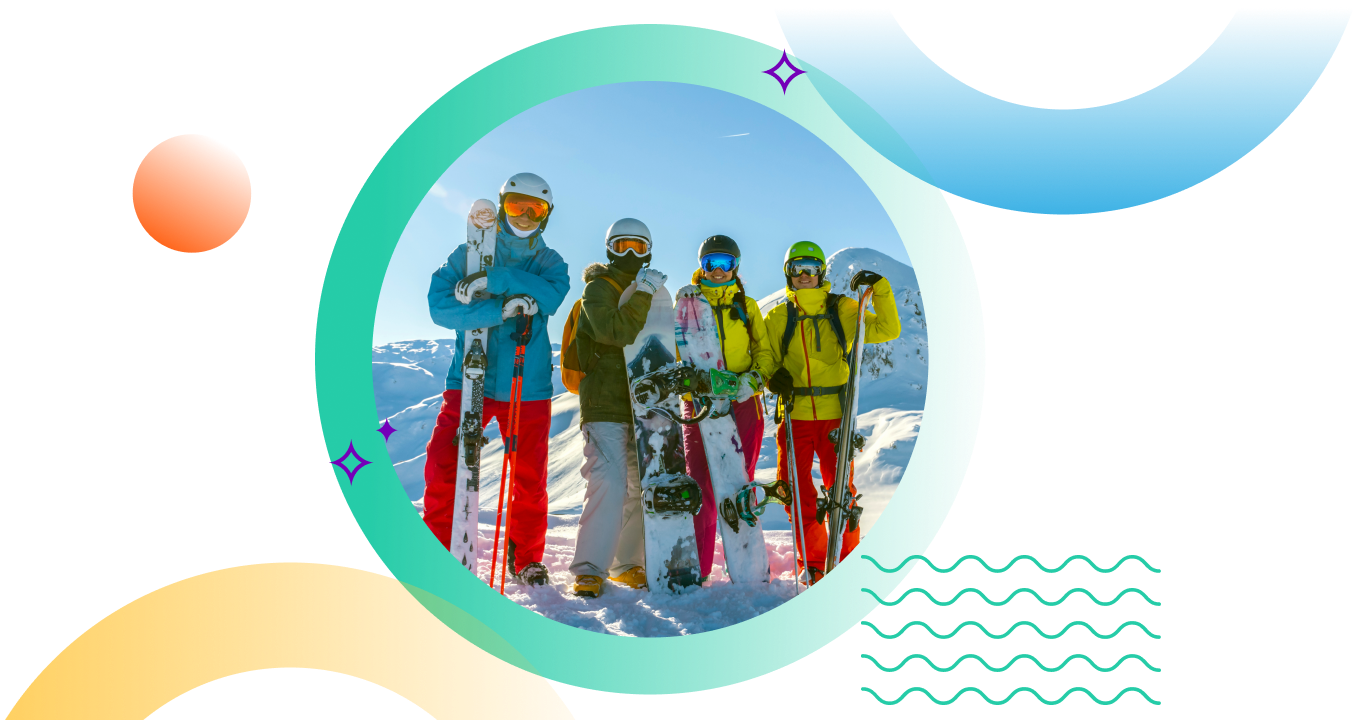


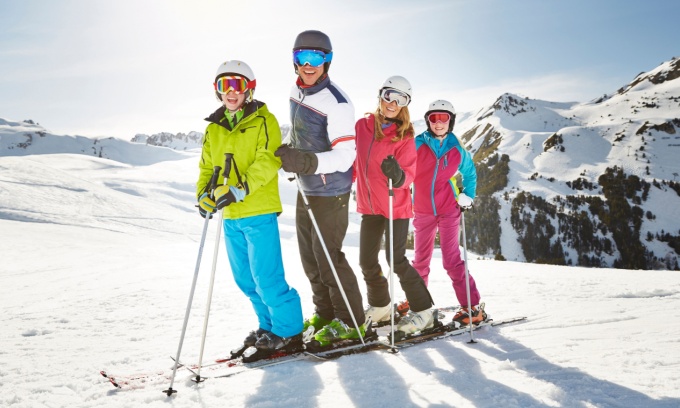









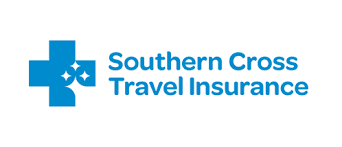
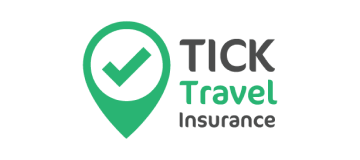

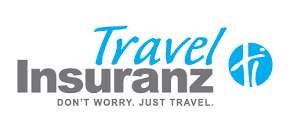
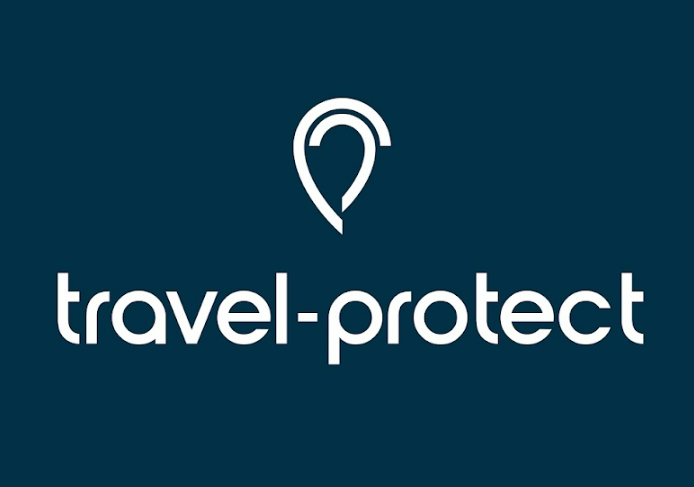
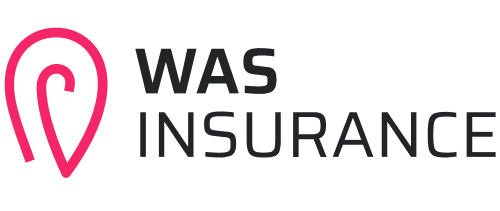
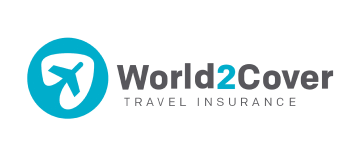











 Nick is Canstar’s Insurances Writer, providing assistance to Canstar’s Editorial Team in its mission to empower consumers to take control of their finances. He has written hundreds of articles for Canstar across all key finance topics. Coming from a screenwriting background, Nick completed a Bachelor of Film, Television and New Media Production from Queensland University of Technology. Nick has also completed RG 146 (Tier 1), making him compliant to provide general advice for general insurance products like car, home, travel and health insurance, as well as giving him knowledge of investment options such as shares, derivatives, futures, managed investments, currencies and commodities.
Nick is Canstar’s Insurances Writer, providing assistance to Canstar’s Editorial Team in its mission to empower consumers to take control of their finances. He has written hundreds of articles for Canstar across all key finance topics. Coming from a screenwriting background, Nick completed a Bachelor of Film, Television and New Media Production from Queensland University of Technology. Nick has also completed RG 146 (Tier 1), making him compliant to provide general advice for general insurance products like car, home, travel and health insurance, as well as giving him knowledge of investment options such as shares, derivatives, futures, managed investments, currencies and commodities. As Canstar’s Group Manager, Research, Ratings & Product Data, Josh Sale is responsible for the methodology and delivery of Canstar’s Travel Insurance Star Ratings. With tertiary qualifications in economics and finance, Josh has worked behind the scenes for the last five years to develop Star Ratings and Awards that help connect consumers with the right product for them.
As Canstar’s Group Manager, Research, Ratings & Product Data, Josh Sale is responsible for the methodology and delivery of Canstar’s Travel Insurance Star Ratings. With tertiary qualifications in economics and finance, Josh has worked behind the scenes for the last five years to develop Star Ratings and Awards that help connect consumers with the right product for them.
